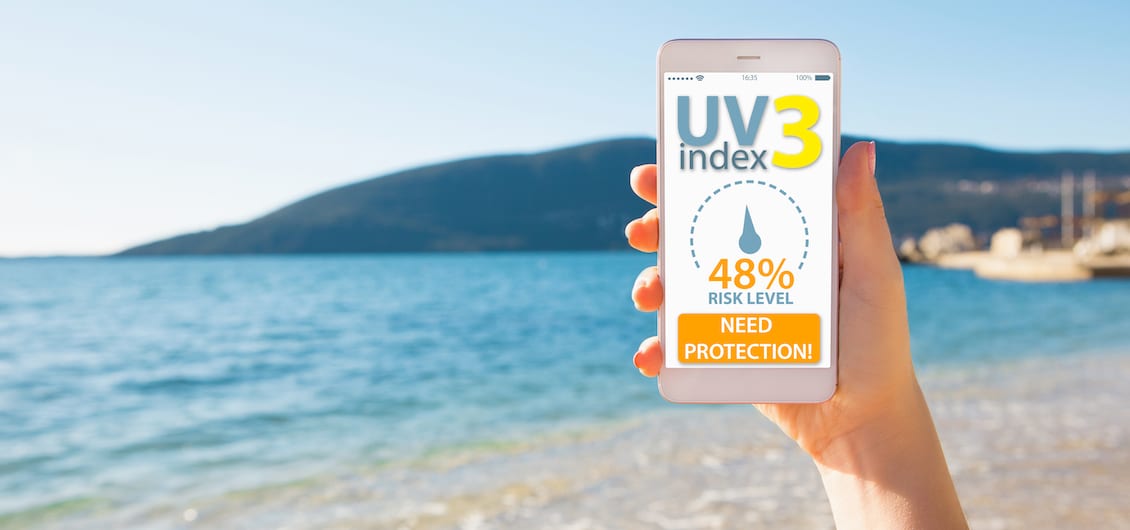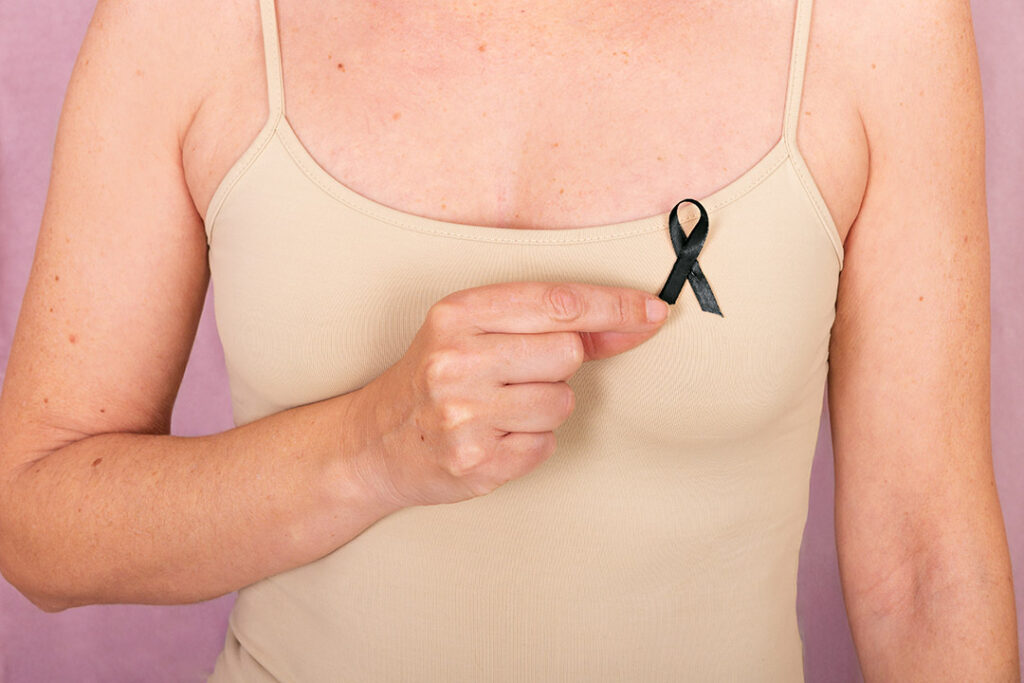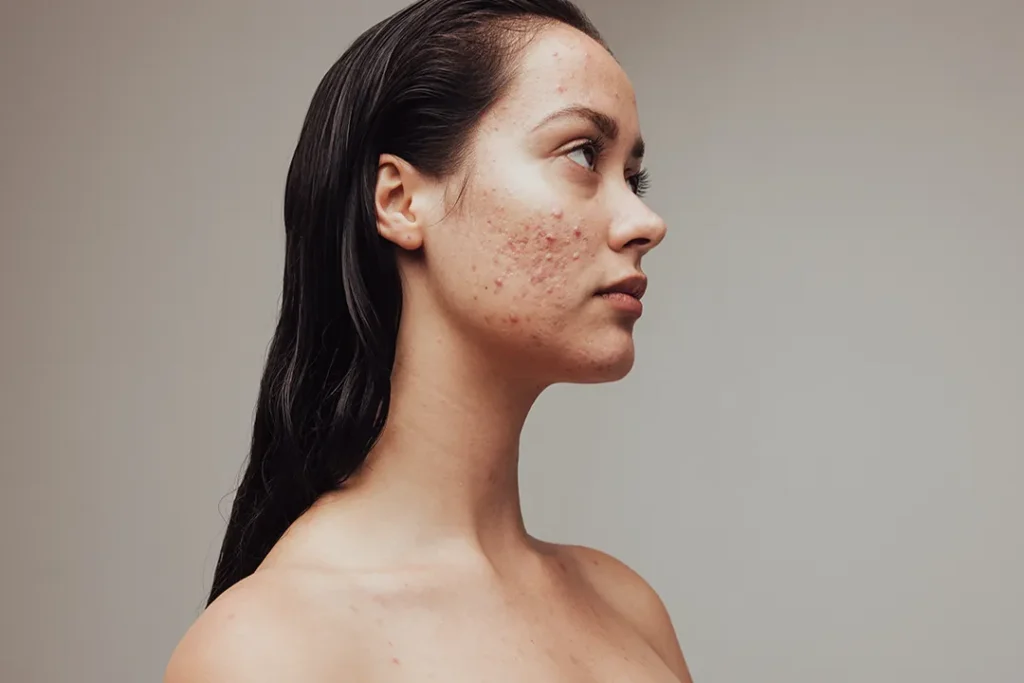In Ireland, for example, a study showed that 8 out of 10 individuals were aware of the UV index, but unclear about what it means and how it could help them protect their skin from over-exposure. Austin Clinic would like to correct that. In fact, nothing would make us happier than to help people avoid problems caused by the sun rather than treat its damaging effects with skin cancer surgery.
What Is the UVI?
UVI stands for Ultraviolet Index. It’s a standardised measurement of the level of ultraviolet radiation reaching our planet from the Sun. It’s based upon:
- The time of day
- The time of year
- The position of the sun in the sky
- The altitude of the sun
- Cloud cover
- Weather conditions
“The Ultraviolet Index measures both UVA and UVB rays,” says Dr Austin. “That’s why we offer our patients full-spectrum face and body sunscreen from companies such as Allmedic.” In addition to providing full-spectrum protection, Allmedic products are clinical grade, meaning they are formulated for and available exclusively through clinicians and physicians.
A Guide to Understanding the Ultraviolet Index
Now that you understand what the UVI index means, let’s look at how it guides you in taking care of your skin:
| UVI | Protection Needed | Recommendations |
| 0-2 | Minimal protection required | Wear sunscreen and feel free to stay safely outside |
| 3-7 | Protection required | Seek shade during midday hours, apply sunscreen regularly, wear a hat and sunglasses |
| 8-11 | Extra protection required | Avoid the outdoors during midday hours, avoid direct sun, keep skin covered, wear a hat, sunglasses and sunscreen |
“This 1-10 safety scale was developed by the World Health Organisation as an effective way to assess your risk for sun burn and sun damage,” explains Dr Austin. “It is far more accurate than relying on the temperature or weather conditions.”
Do You Have Full-Spectrum Sun Protection?
The UVI measures two types of sunrays, both of them with damaging potential:
- UVA rays – 95% of the rays we are exposed to are UVA. They are strong enough to penetrate glass and even clouds. “They are definitely strong enough to penetrate the dermis, the deeper layer of your skin,” explains Dr Austin. This is important because when the dermis is damaged,
- Increases the production of free radicals
- Causes decrease sin
- UVB rays –These wreak havoc on your outer layer of skin, called the epidermis. “Your epidermis protects your skin tone and keeps moisture from escaping,” explains Dr Austin. UVB rays don’t reach the dermis, but they do cause
- Sunburn
- Visible changes to skin
- Changes to cellular DNA which may lead to skin cancer
Is Your Skin Ready for Winter?
As we head into the colder months in Australia, it’s easy to forget how much damage the winter sun can do to your skin. We invite you to contact Austin Clinic for more information about skin beauty products, anti-ageing treatments, and especially your annual skin cancer check.




